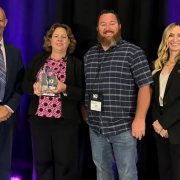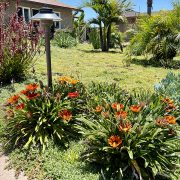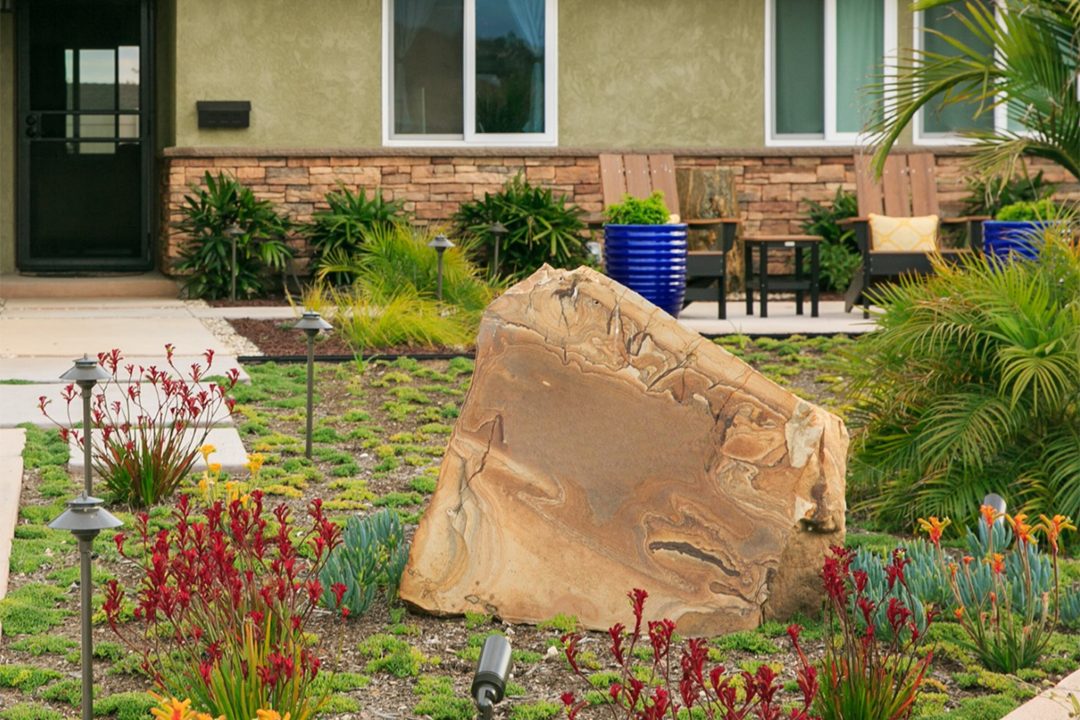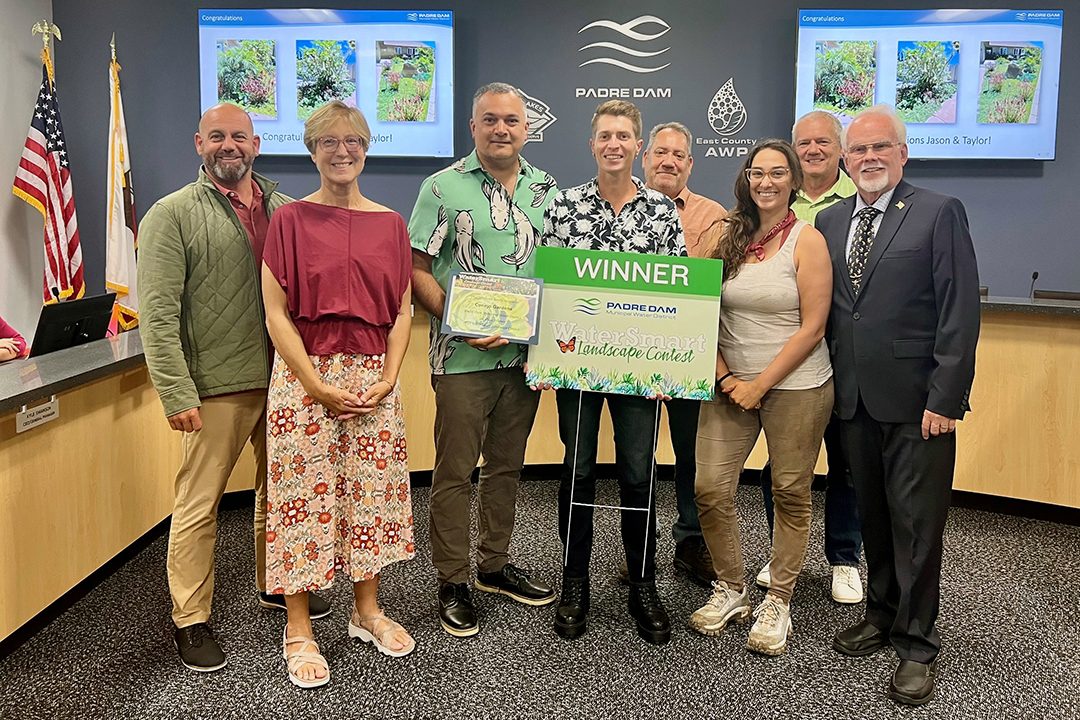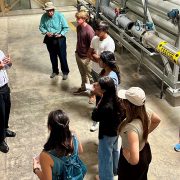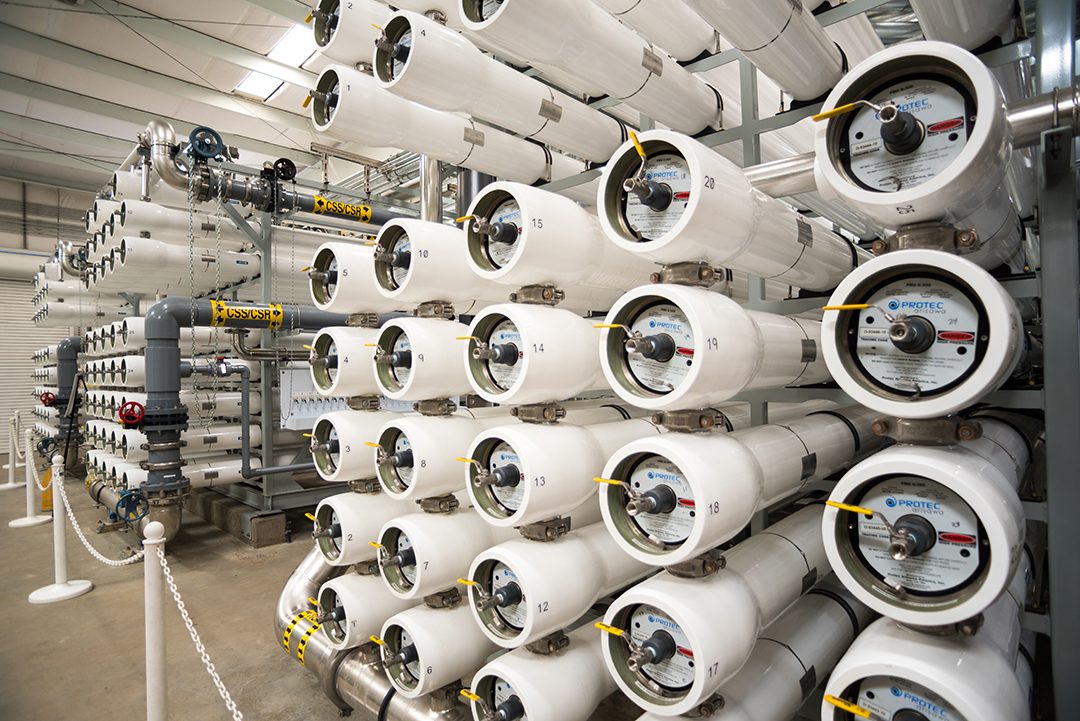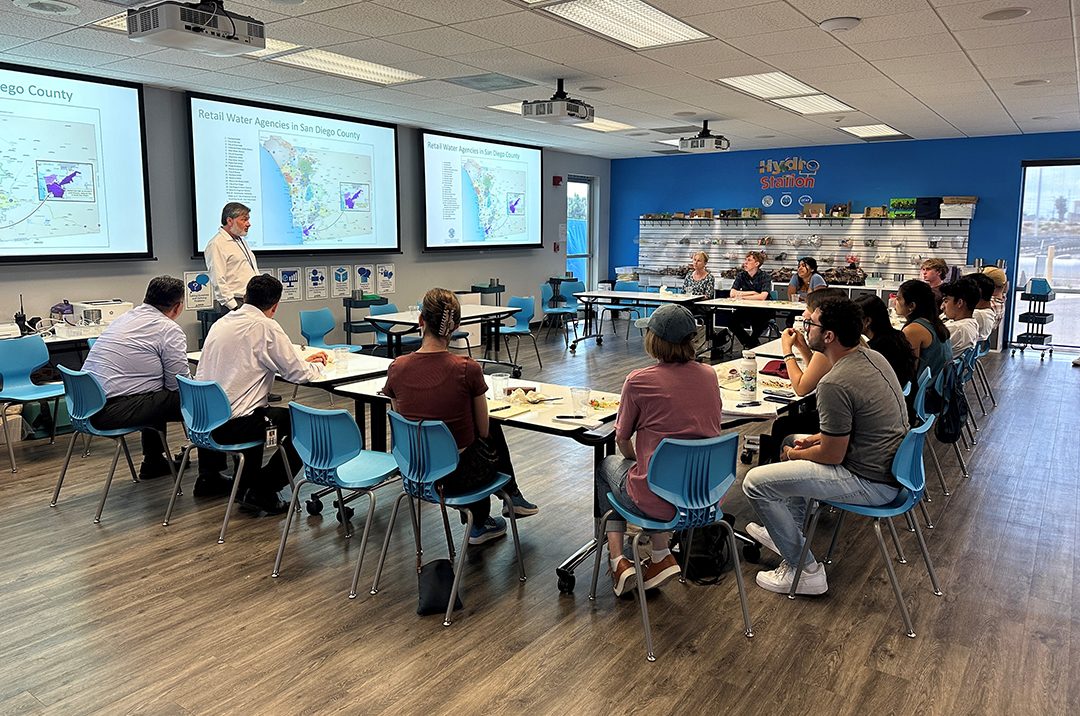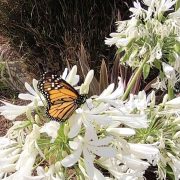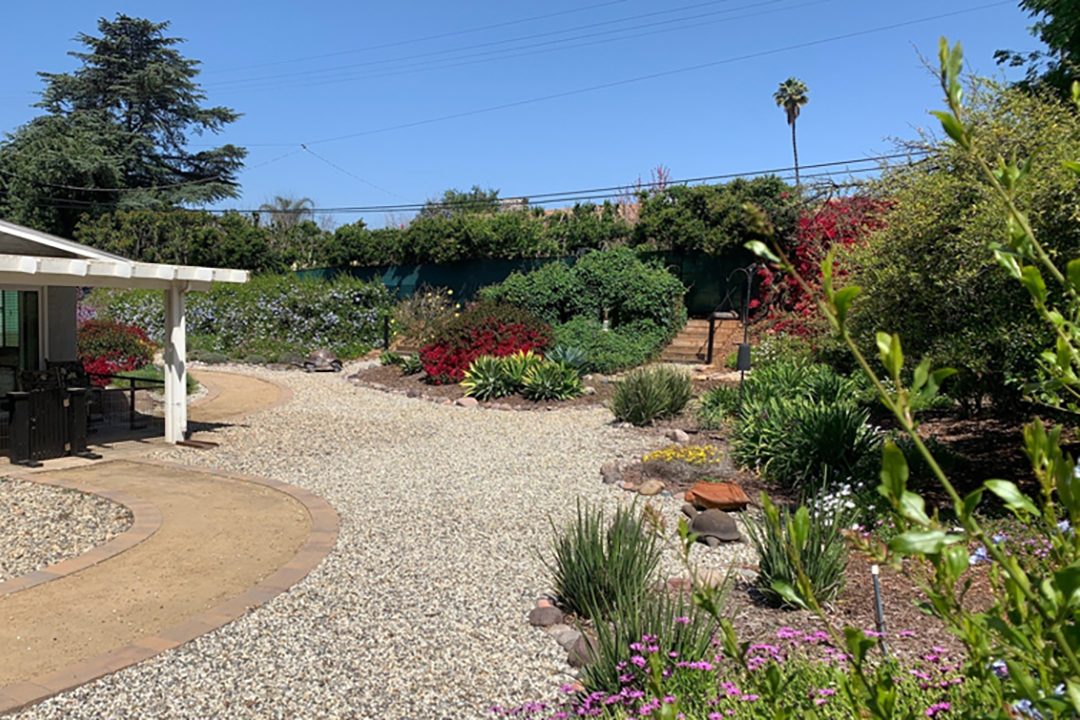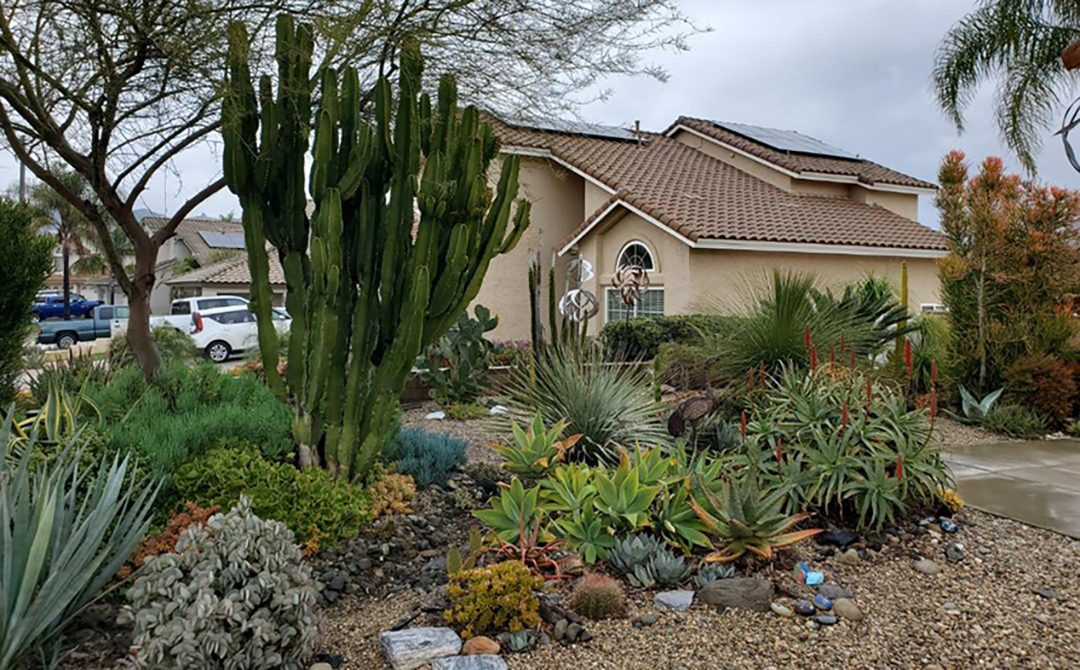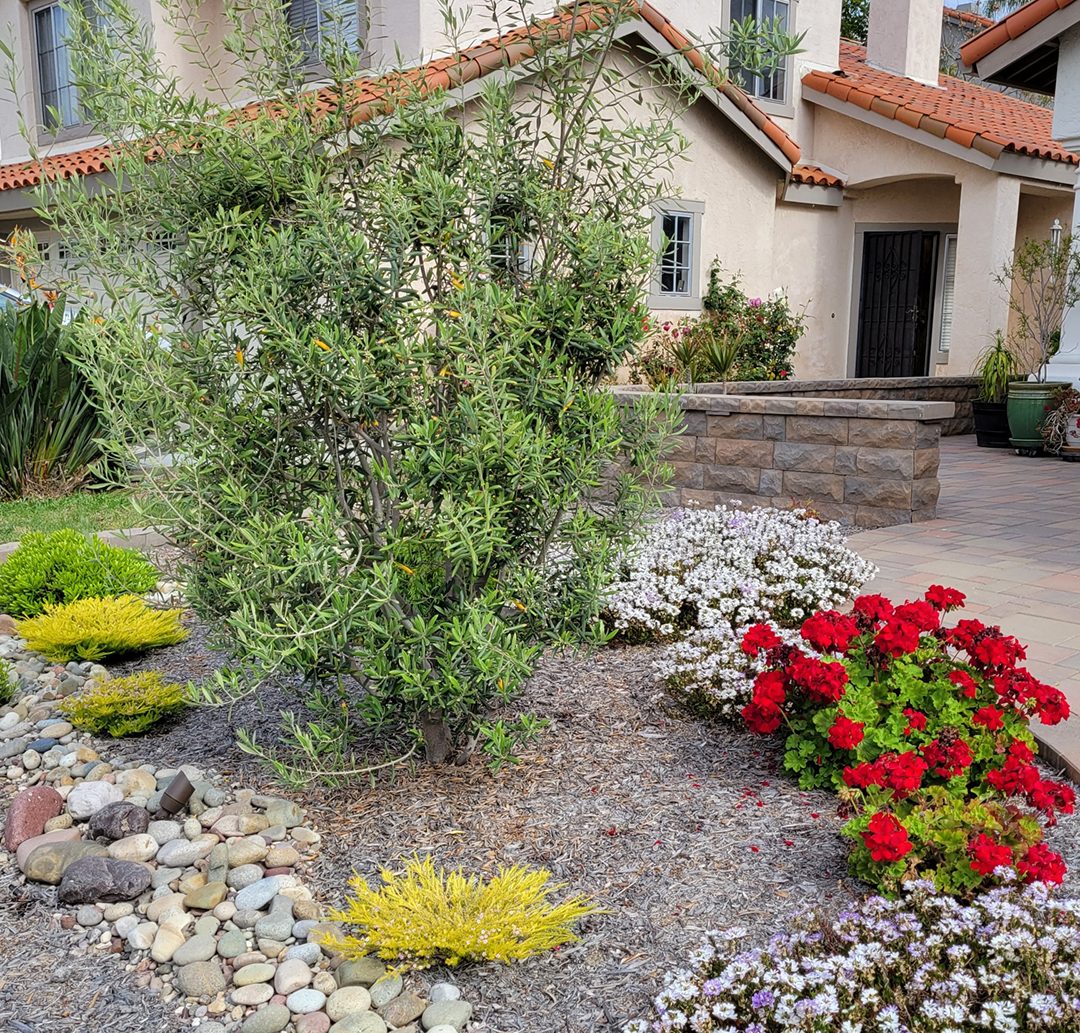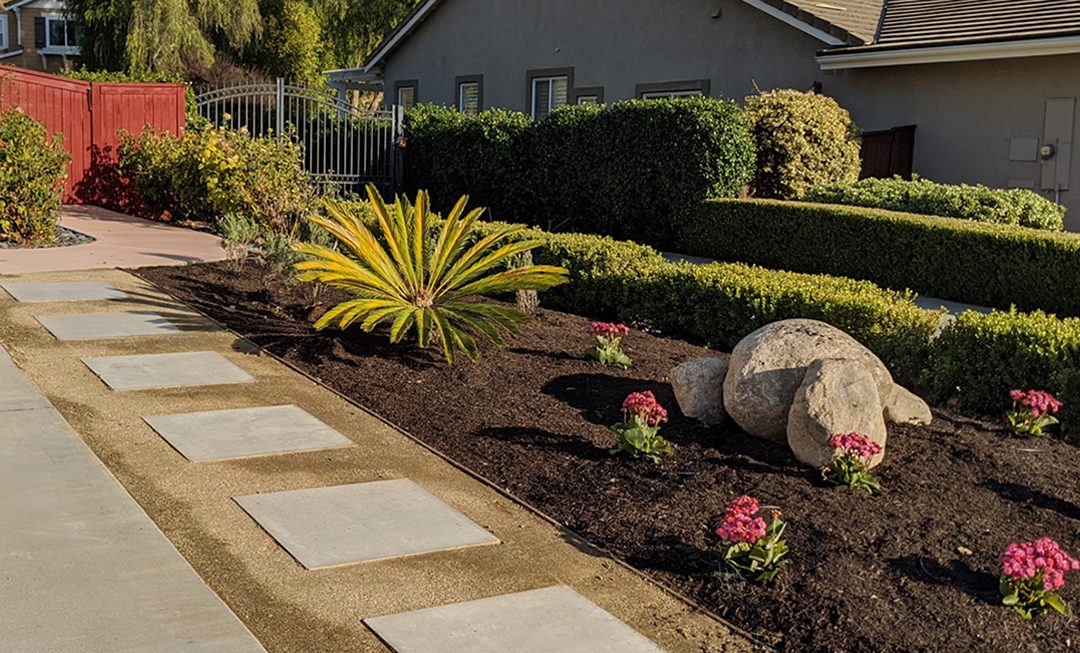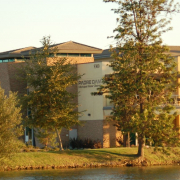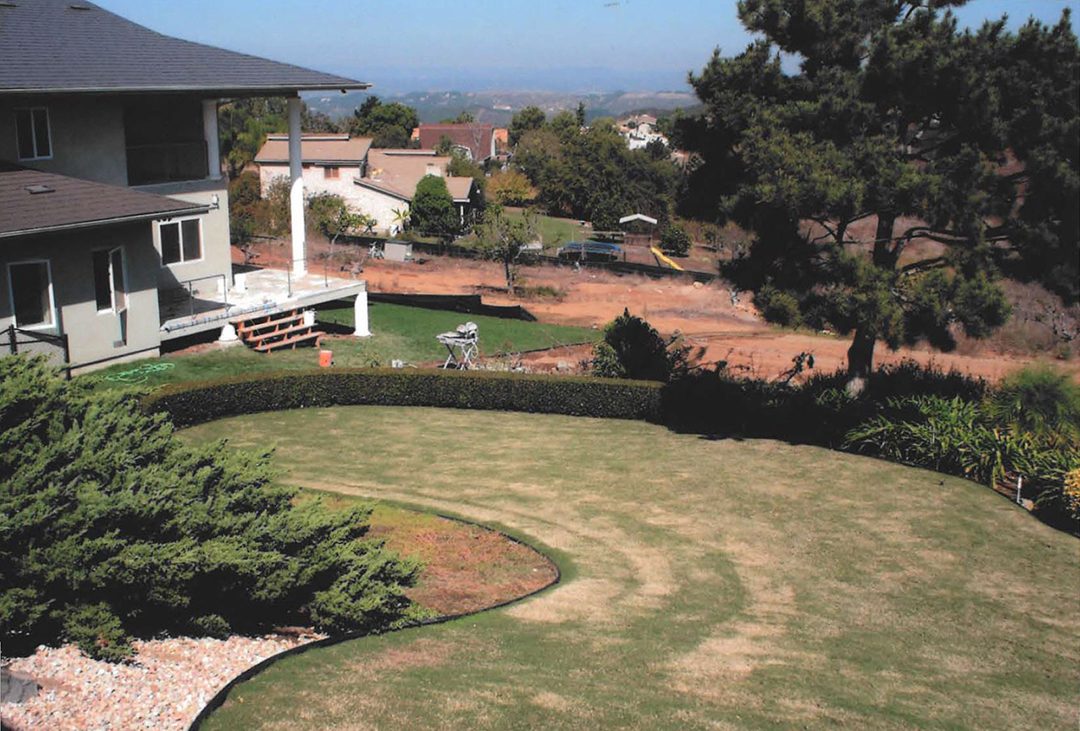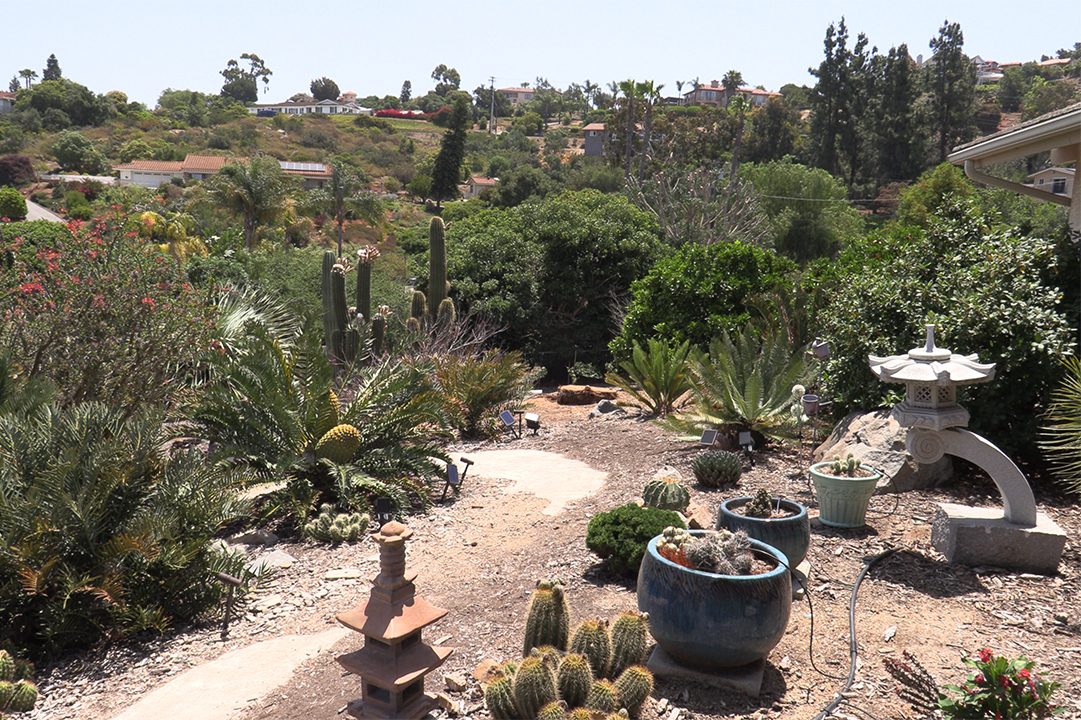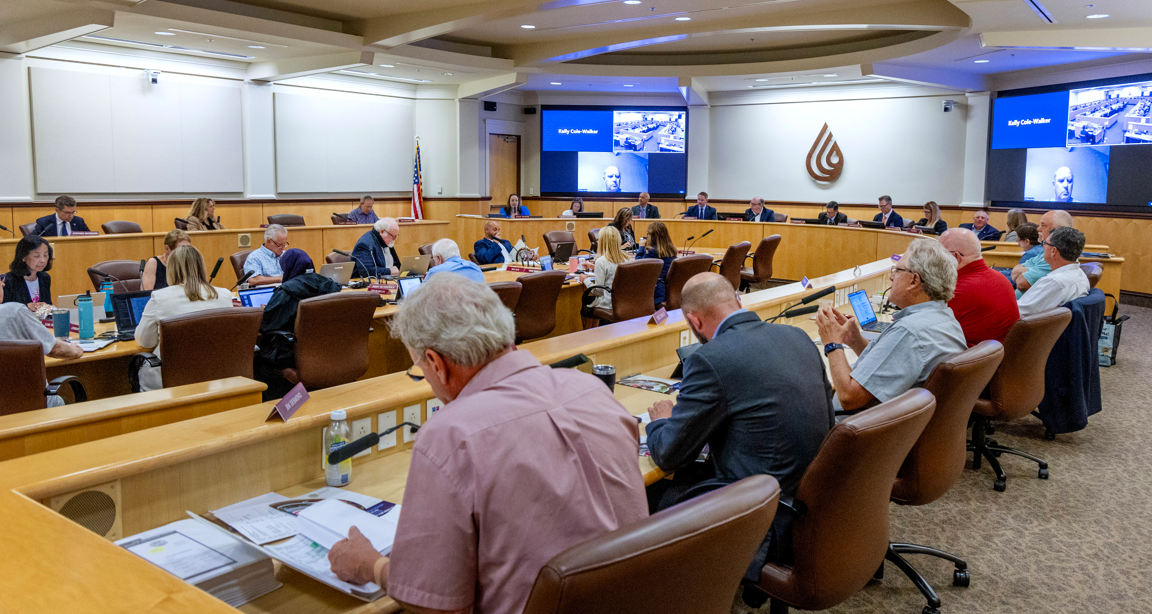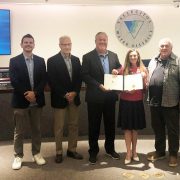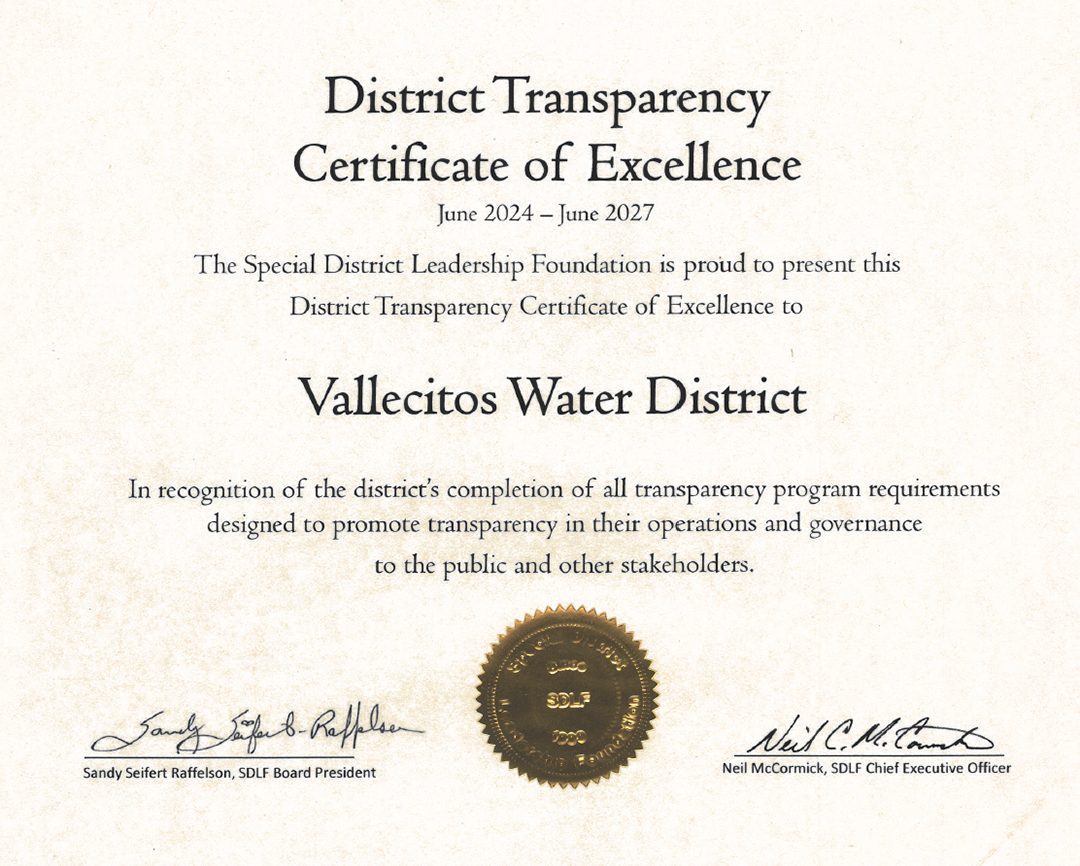Ramona Municipal Water District Named Small Recycled Water Agency of the Year
The Ramona Municipal Water District (Ramona MWD) was named the 2024 Small Recycled Water Agency of the Year by WateReuse California.
The award recognizes agencies that have developed recycled water, on a significant level, as an alternative water source within their service area, regionally or statewide. The recipients will have demonstrated leadership, creativity and persistence in developing a comprehensive program and outreach to the community to expand awareness and implementation of water recycling.
Ramona MWD General Manager Erica Wolski and board member Jacob Zoria accepted the award during a conference earlier in September from Brenley McKenna, Executive Director, & Dave Pedersen, President, representing WateReuse California (WRCA).
“I’m so pleased to receive this recognition on behalf of our forward-thinking Board of Directors and talented and hard-working water professionals at the Ramona Municipal Water District,” said General Manager Erica Wolski.
“The project has created a close connection with our neighbors, the Barona Band of Mission Indians, and has led to collaboration on other local projects. It also assures our customers we are doing everything we can on their behalf to maximize our resources and reduce wastewater treatment costs.”
Award-winning partnership between Ramona Municipal Water District and Barona Band
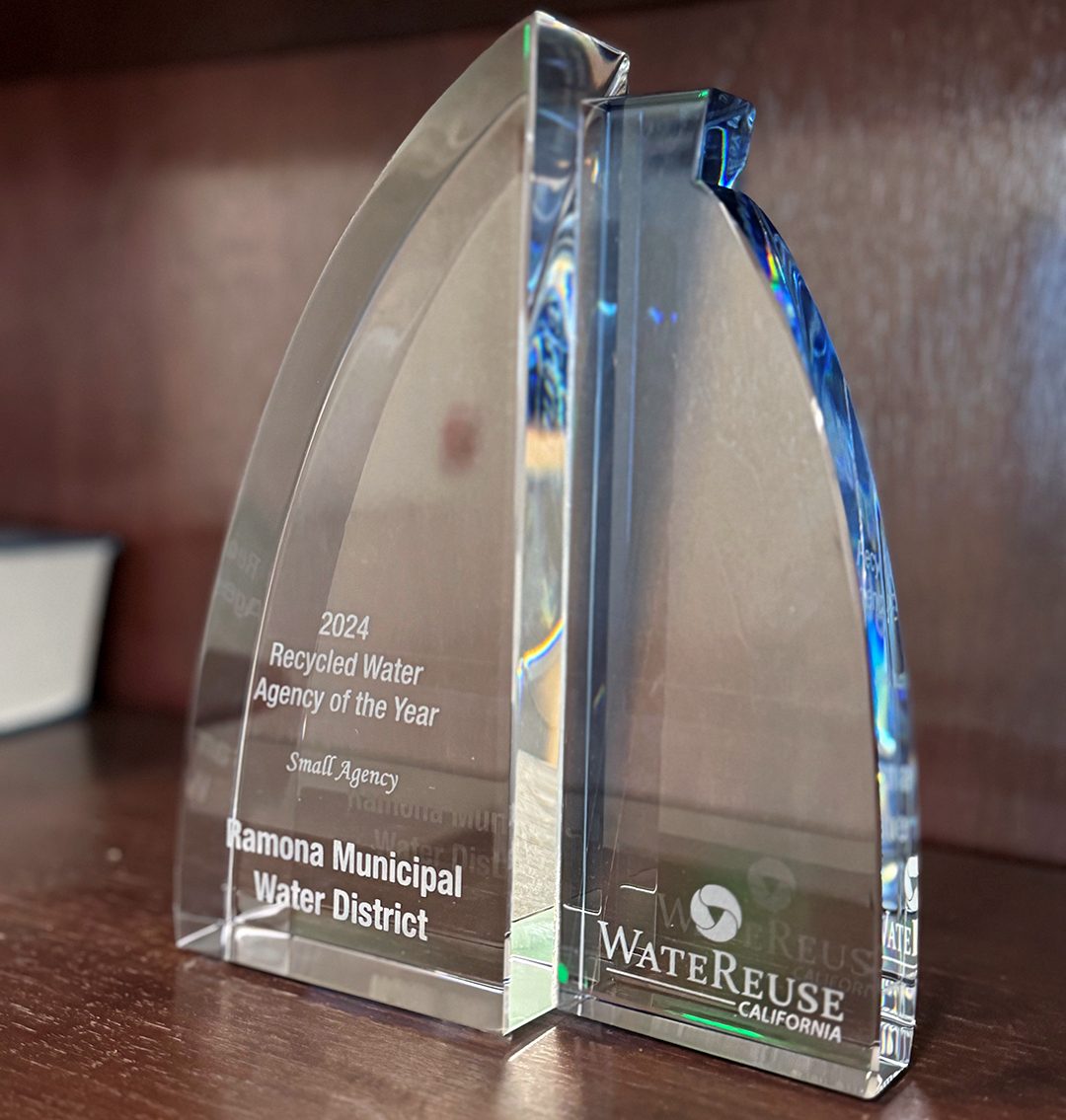
The award honors Ramona Municipal Water District’s partnership with its neighbor, the Barona Band of Mission Indians. Photo: Ramona Municipal Water District
The award honors Ramona MWD’s partnership with its neighbor, the Barona Band of Mission Indians, in a project that, when completed, will provide excess recycled water to the Barona Resort and Casino.
Barona currently relies on local groundwater and a small amount of water recycled at the Casino. Recycled water provided through Ramona MWD will be used for golf course and landscape irrigation. The project helps the tribe protect its limited groundwater supplies.
The environmental documents for this project are expected to be released by the end of 2024. Construction on the pipeline between the reservation and RMWD is anticipated to begin in 2025.
The project will beneficially reuse up to 250-acre feet per year, delivering recycled water currently distributed on a spray field near the San Vicente Water Reclamation Plant, and it will now generate new revenue for sewer district customers.
Ramona MWD is is only the third winner in the small plant category from this region in the last 20 years. The City of Oceanside won in 2020, and the Olivenhain Municipal Water District won in 2005.

